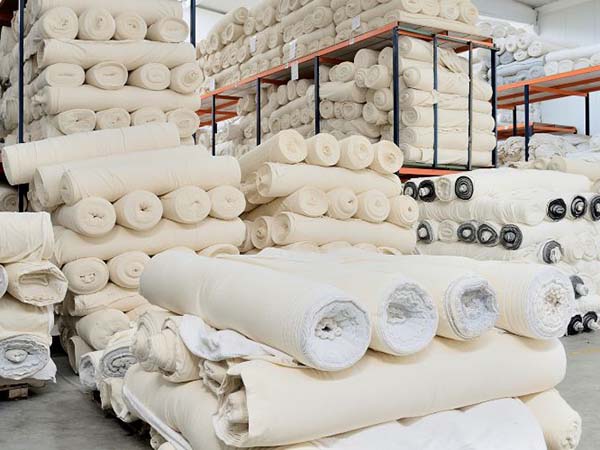Business Background
Recently, a customer imported a batch of fabrics from Japan and cleared customs at Shanghai Pudong International Airport. The customer found Whale International Logistics on the Internet for consultation. After receiving the goods, our company quickly arranged for the customs clearance of the goods , prepare relevant documents and materials, and connect with customs on import matters. After the documents are complete, the customs clearance and release procedures are completed two days after the goods arrive at the Shanghai port, and the fabrics are delivered to the enterprise factory in time, which is highly recognized by customers.
Business Process
Cloth import customs clearance will not be too difficult. It is similar to the import customs clearance of general goods. The required customs declaration documents are also very simple. Our company has rich actual customs clearance experience in the import of fabrics. The grasp is in place, and it can technically solve the customs declaration documents and procedures of related fabric import declarations, and minimize the time of import customs clearance according to scientific and reasonable operations, saving customers the wharf fees and cabinet rental fees for fabric imports, and the fastest Pick up the goods in time, and you can check the import customs price of the fabric through special channels.
The formalities required for the import of fabrics: import and export rights; official certificate of origin; product information: product name, quantity, packaging, weight and volume, etc.; packing list, invoice and contract, etc.; weaving method (knitting or crocheting); Dyeing and finishing methods (dyed, dyed, bleached, etc.)
Cloth import declaration process is as follows:
1. Overseas loading, foreign suppliers deliver goods, and arrange sea transportation to Shanghai Port. (full container or bulk cargo; imported shipping is mostly directly responsible for foreign countries to domestic ports);
2. Ship to the domestic terminal by sea (after arriving at the port, the shipping company will send a notice of arrival to the customer);
3. Go to the shipping company to change the order (with the arrival notice and the power of attorney for delivery);
4. Make inspection and customs declaration materials (with ocean bill of lading, packing list, proforma invoice, product brochure and other required materials);
5. Inspection and quarantine (according to the regulatory conditions of the product, the corresponding inspection and quarantine shall be handled according to the requirements of the Commodity Inspection Bureau);
6. Commercial inspection cabinet (if the declared product inspection and quarantine are not in compliance, it may lead to re-inspection, continued deletion and re-report);
7. Customs declaration (with bill of lading, customs clearance form for inbound goods, customs declaration application form, etc. or other documents required by product supervision requirements);
8. Acceptance by the customs (if the documents required by the customs are not complete, it will not be accepted to return and supplement the materials);
9. Customs price review (acceptance of the declared price or the value of the goods designated by the customs or the customs system to inquire about price consultations, etc.);
10. Tax bill (tariff, value-added tax);
11. Pay taxes;
12. Pick up the cabinet at the terminal (pay the shipping company fees and pick up the cabinet);
13. Checking cabinets by the customs (if the declared product does not meet the requirements, etc., it may lead to return of the order, deletion of the order and re-declaration, etc.);
14. Smooth customs clearance, release, and transportation to the designated place, the customer unloads the goods, and returns the cabinet to the dock;
15. Subsequent document sorting, management, and domestic delivery.

Experience Summary
1. Fabric stocking: Wooden boxes are better for fabric stocking and packing. MARK marks should be done to facilitate the distinction and logarithm. In order to prevent fabric shortage, loss, or damage during the transportation of fabrics from abroad to Hong Kong, it is recommended to palletize (except for small quantities), and the weight of a single pallet should be within 1 ton.
2. Determine the import method. Air freight is fast, but the cost is high. You can use sea freight, LCL or FCL, which can greatly save costs, and the time will be longer. You can arrange DHL, UPS and other express companies for samples, and our company can pick up the goods directly at your door. Transportation and customs declaration can provide one-stop service, which makes importers more trouble-free and worry-free.
3. Confirm the category and customs code of the fabric. Information such as the weaving method, composition content, processing technology, and weight of the fabric can be completed within 1-2 days under normal circumstances. There are many types of art classifications, so there are different customs HS codes. Before importing, we must first import commodity codes and classify them.


